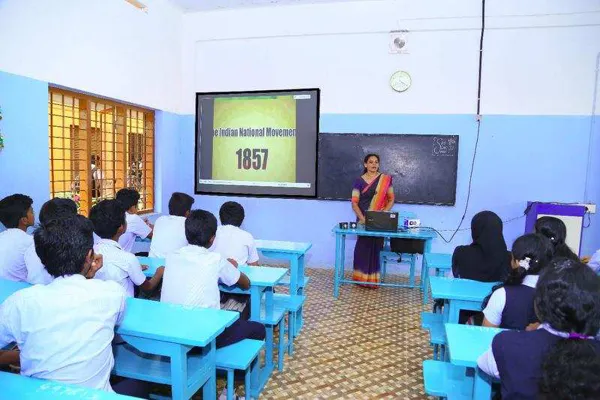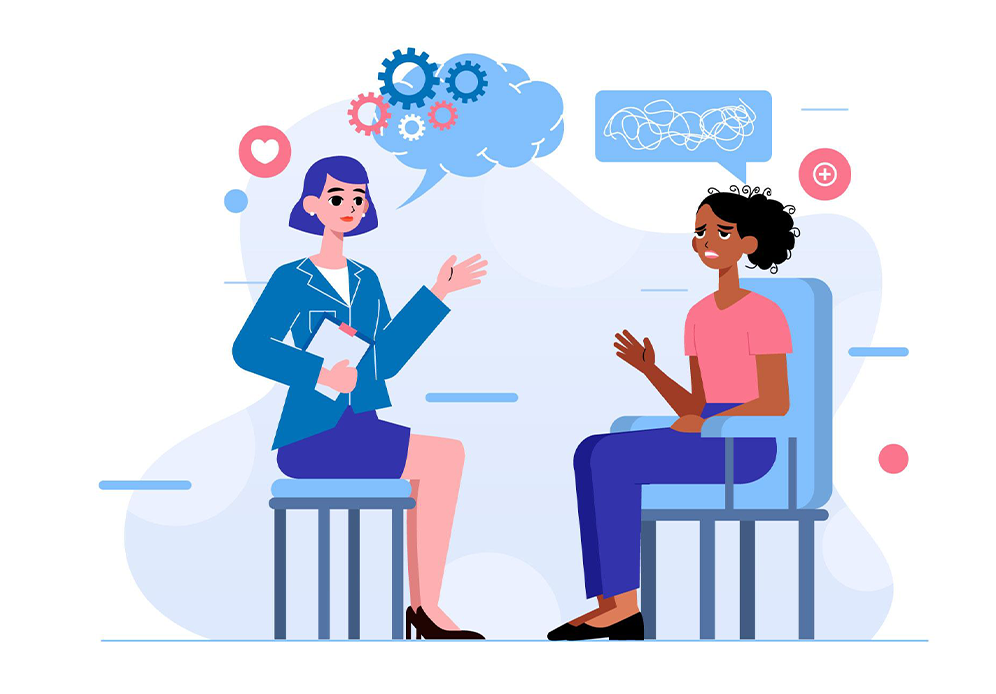Social Media and Education: How Platforms are Shaping Student Learning

In the digital age, social media has become a significant force in nearly every aspect of life, and education is no exception. Platforms like Facebook, Twitter, Instagram, LinkedIn, and TikTok are reshaping how students learn, interact with educators, and collaborate with peers. The integration of social media into the educational experience has brought both opportunities and challenges, transforming traditional classroom dynamics and fostering new ways of learning. This article explores the ways in which social media platforms are influencing student learning and the broader implications for education.
The Positive Impact of Social Media on Education
Social media platforms offer students a unique way to access and share information. These platforms provide an array of educational resources, from YouTube tutorials and academic Twitter accounts to student-run Facebook groups and LinkedIn discussions. Students can now easily connect with experts, educators, and peers worldwide, creating a global classroom without geographical barriers. This access to diverse perspectives enriches their learning experiences and allows for greater engagement with a variety of viewpoints.
Additionally, social media promotes collaboration and peer-to-peer learning. Platforms like Google Classroom, Facebook Groups, and even Reddit enable students to share notes, discuss topics, and seek help from each other. This creates a sense of community and collective learning, which can enhance problem-solving and critical thinking skills. With the ability to communicate and collaborate in real time, students can work together on projects and assignments, benefiting from immediate feedback and discussion.
Another benefit is the ability to personalize learning experiences. Social media allows students to follow pages, groups, or hashtags related to specific academic interests. This makes it easier for them to curate the information they need, stay up to date with relevant news, and engage with content that supports their individual learning paths. By actively choosing their educational resources, students take ownership of their learning and can tailor their experience to their own preferences and needs.
Social Media as a Tool for Teachers
For educators, social media provides an opportunity to extend the classroom beyond the physical walls. Teachers can use platforms like Twitter to share academic articles, offer insights into current trends, and even engage in discussions with other educators worldwide. Social media allows teachers to create learning communities where students can interact with course materials, ask questions, and receive guidance outside of traditional classroom hours.
Moreover, social media platforms can be used for real-time feedback and assessment. Educators can create polls, quizzes, and surveys through platforms like Instagram Stories or Twitter, giving students instant feedback on their understanding of a particular topic. This immediate feedback loop helps students stay on track and provides teachers with valuable insights into their progress.
Challenges of Social Media in Education
While social media offers significant benefits for learning, there are also challenges to consider. One of the most significant concerns is the potential for distraction. With the constant influx of notifications, updates, and entertainment options, students may find it difficult to stay focused on their academic tasks. The addictive nature of social media can lead to procrastination and decreased productivity, especially when students struggle to balance their academic responsibilities with their social media habits.
Another challenge is the potential for misinformation. Social media platforms are not always reliable sources of information, and students may encounter inaccurate or biased content that can negatively impact their learning. It is important for students to develop critical thinking skills to evaluate the credibility of the sources they come across online. Teachers also need to guide students in distinguishing between credible and unreliable information, helping them develop media literacy skills.
Privacy and security are additional concerns when using social media for educational purposes. With students sharing personal information and engaging in public discussions, there is a risk of privacy breaches or cyberbullying. Educational institutions and teachers must establish clear guidelines and practices to ensure students’ safety and protect their personal data when interacting on social media platforms.
The Role of Social Media in Lifelong Learning
Social media platforms also play a crucial role in promoting lifelong learning. Beyond formal education, platforms like LinkedIn offer professionals a space to expand their knowledge, connect with industry experts, and stay up to date with the latest trends in their fields. Many professionals use LinkedIn Learning and YouTube for career development, furthering their skills in areas such as leadership, technology, and entrepreneurship.
Social media can be a valuable tool for adult learners and those seeking to upskill or reskill in an ever-evolving job market. Online communities dedicated to specific subjects or industries provide opportunities for continuous learning and networking, fostering a culture of lifelong education.
Conclusion
Social media is revolutionizing the way students learn, interact, and collaborate, offering numerous benefits while presenting challenges that must be addressed. By creating accessible, collaborative, and personalized learning experiences, social media platforms are enhancing educational opportunities for students worldwide. However, it is essential for both educators and students to remain vigilant about the potential distractions, misinformation, and privacy concerns associated with these platforms. As social media continues to evolve, its impact on education will only grow, shaping the future of how we teach and learn in a digital world.










